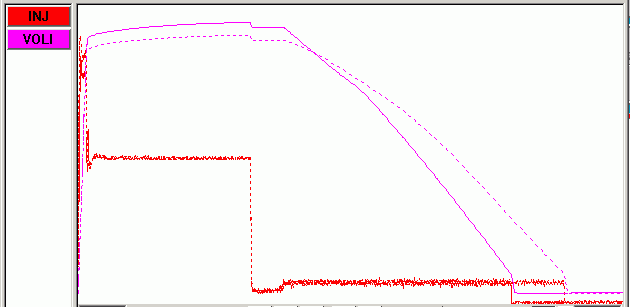Tip of the Day 143: Find the Root Cause Before Matching a Template
As you know we at RJG emphasize matching the template to return to the original process. The release of the Process Stability Dashboard encourages template matching of the machine settings if you have no cavity pressure sensors installed.
BUT, when restoring a process to template, think first. Find the cause before making a change.
Here is an example. What changed?

To match the template an operator might decide that the screw RPM is too slow because the screw recovery time is long. And he notices that the Effective Viscosity value on the eDART™ has not changed much from the template (only + 0.8%). So he might simply speed up the screw RPM.
The root cause here is NOT a change of screw RPM. Instead the change in screw run time is caused by a material change: 25% regrind mixed in where the template was made with virgin material. Changing the screw RPM could improperly change melt temperature, color mixing or break fibers differently and so change the part quality. Either the virgin material should be restored or a part quality check should be made with the new, mixed material. A new job setup could be made for the regrind and an appropriate template made after re-qualifying the new process.
Thinking through the above example the operator should first look on the setup sheet (or Setup Notes on the eDART) and see that RPM is set correctly. If it is and the template was matched after startup then it is likely that the material changed. Is this a different machine from the one on which the template was made? If so then perhaps the screw diameter or design is different and it takes longer to recover at the same RPM.